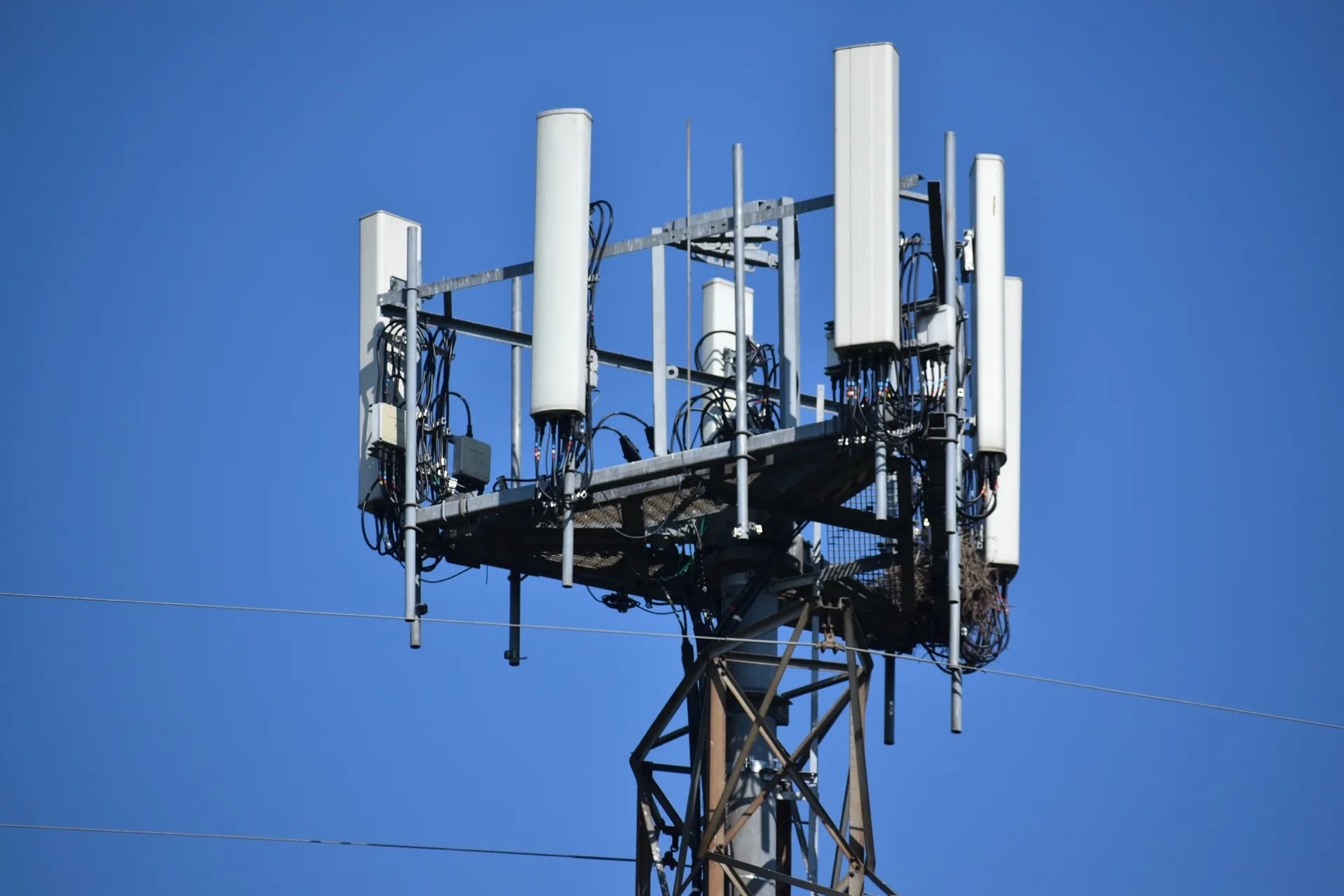Description

Disclaimer: Copyright infringement not intended.
Context
- Vo5G/VoNR is the future standard for voice calling that operates over 5G networks, providing improved speed, capacity, and responsiveness compared to 4G networks.
Details
- It leverages the capabilities of 5G networks, aiming to enhance voice calling experiences through higher quality, reduced latency, and better reliability.
Key Features and Advantages
- Improved Quality of Service (QoS):
- VoNR aims to provide superior voice quality, clearer audio, and reduced latency compared to previous voice technologies like VoLTE.
- Enhanced User Experience:
- Lower latency and higher bandwidth of 5G networks contribute to a more immersive and real-time communication experience during voice calls.
- Increased Efficiency:
- VoNR optimizes network resources more efficiently, allowing for better utilization of spectrum and improved battery life on devices.
- Support for Emerging Technologies:
- VoNR is designed to support various emerging technologies, such as augmented reality (AR), virtual reality (VR), and Internet of Things (IoT) applications that require reliable and low-latency communication.
Technical Aspects
- Network Architecture:
- VoNR operates using the 5G Core (5GC) network architecture, which provides a more flexible and scalable framework for delivering voice services.
- Codec Support:
- It supports modern codecs like EVS (Enhanced Voice Service) and AMR-WB (Adaptive Multi-Rate Wideband), enabling high-definition voice calling.
- Low Latency:
- Leveraging the ultra-low latency of 5G networks, VoNR significantly reduces the delay in voice transmission, resulting in near-real-time communication.

Deployment and Adoption
- Rollout Challenges:
- Deployment of VoNR requires extensive infrastructure upgrades and widespread 5G network coverage to ensure seamless transition and adoption.
- Network Compatibility:
- Devices need to support VoNR, and both network operators and device manufacturers must collaborate to ensure compatibility and interoperability.
- Market Adoption:
- The adoption of VoNR will gradually increase as 5G networks expand globally, offering improved voice services to users.
Future Prospects
- Integration with Advanced Services:
- VoNR's capabilities will likely be integrated with advanced services like 5G-based video calling, multi-party conferencing, and other innovative communication applications.
- Industry Applications:
- Industries such as healthcare, gaming, automotive, and more will benefit from VoNR's low latency and high-quality voice services for specialized applications.
VoNR/Vo5G in India: Evolution from VoLTE
- Voice over LTE (VoLTE) revolutionized voice calling in India around 2016, offering superior call quality compared to 3G/2G networks.
- With the advent of 5G in India, there's anticipation for a new standard like VoNR/Vo5G to match the enhanced speeds and capabilities of 5G networks.
- Vo5G or VoNR is anticipated to deliver improved voice calling experiences by harnessing the power of 5G networks, offering higher speeds, capacity, and responsiveness.
Advantages of VoNR over VoLTE
- Quality Improvement: VoNR is expected to provide better voice quality with advanced audio codecs and increased data capacity from 5G networks.
- Reduced Latency: Leveraging the low latency of 5G, VoNR calls are expected to have minimal delays, improving real-time communication experiences.
- Reliability: VoNR aims to minimize packet loss, resulting in fewer call dropouts and a more consistent calling experience.
- Seamless Transition: VoNR's integration into 5G networks should mitigate issues users face during transitions between 5G and 4G VoLTE, reducing call delays.
Adoption and Requirements for VoNR in India
- Device Compatibility: Phones released after 2022, equipped with 5G, are likely to support VoNR/Vo5G by default.
- Carrier Support: Carriers need to offer VoNR services, and not all carriers have implemented this technology yet, even if they have 5G networks available.
- 5G Coverage: Availability of VoNR services is contingent upon the widespread coverage of 5G networks across various regions in India.
VoNR's Arrival in India and Carrier Initiatives:
- Despite 5G deployment by leading carriers in major Indian cities, VoNR/Vo5G has not been officially introduced in India yet.
- Reports suggest that Reliance Jio, among India's largest mobile carriers, has been testing VoNR to ensure seamless compatibility between 4G VoLTE and new 5G infrastructure.
- The deployment of VoNR in India remains unclear, but Jio is expected to lead the implementation, with other competitors likely to follow suit.

Future of VoNR in India:
- VoNR represents the next evolution in voice calling in the 5G era in India, promising significant enhancements in call quality, reliability, and latency.
- Its eventual rollout is poised to transform voice communication, offering a new standard for crystal-clear, low-latency voice calls in the country's telecommunications landscape.
|
PRACTICE QUESTION
Q. Discuss the potential impact and challenges associated with the introduction of Voice over New Radio (VoNR) or Voice over 5G (Vo5G) technology in the Indian telecommunications landscape. How does this technological advancement represent an evolution from Voice over LTE (VoLTE), and what are the prerequisites for its successful implementation in the country? (250 Words)
|











